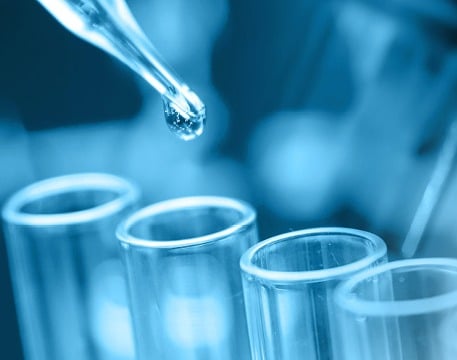
How to Automate Sample Prep in the GLP Analytical Lab
Clinical, Forensic and Doping Testing
Automating sample preparation methods such as solid-phase and supported liquid extraction with Biotage Extrahera boosts efficiency in the ...

Clinical, Forensic and Doping Testing
Automating sample preparation methods such as solid-phase and supported liquid extraction with Biotage Extrahera boosts efficiency in the ...

Clinical, Forensic and Doping Testing
Automating sample preparation methods such as solid-phase and supported liquid extraction with Biotage Extrahera boosts efficiency in the ...

Clinical, Forensic and Doping Testing
If you are going to be developing a comprehensive synthetic drug assay, we have outlined the extraction options appropriate for biological ...

Clinical, Forensic and Doping Testing
For fentanyl compounds, there are a few extraction mechanisms that we can use, including supported liquid extraction, Dual Mode extraction ...

Clinical, Forensic and Doping Testing
Choose the right extraction technique for your sample, between Supported Liquid Extraction and Solid Phase Extraction.

Clinical, Forensic and Doping Testing
Understanding the chemical properties of the compounds in your sample matrix, is necessary for successful method development in Sample prep.

Clinical, Forensic and Doping Testing
This blog describes different enzymes and their hydrolysis efficiency for commonly glucuronidated drugs of abuse.

Clinical, Forensic and Doping Testing
This blog discusses advantages and optimization of the in-well hydrolysis technique.

Clinical, Forensic and Doping Testing
The blog contains a step by step guide to develop a Supported Liquid Extraction method in 16 steps.

Clinical, Forensic and Doping Testing
Learn more about how Supported Liquid Extraction works and the proper way to do an SLE extraction for sample clean up.